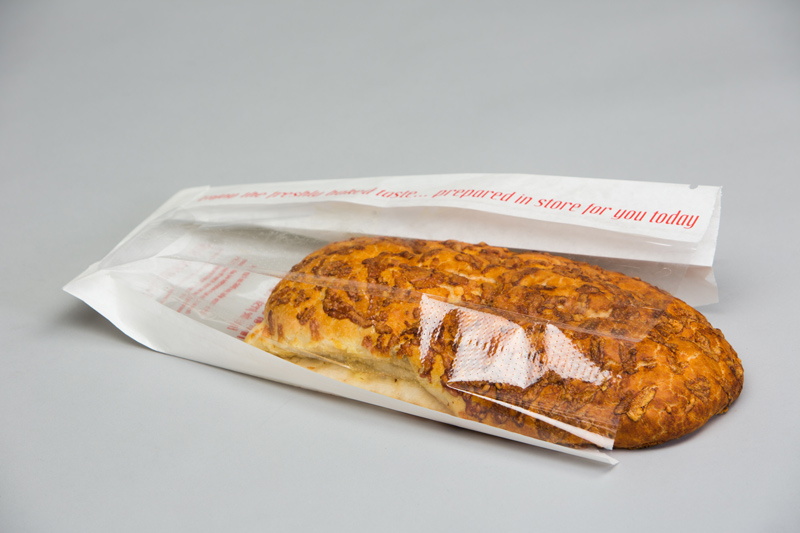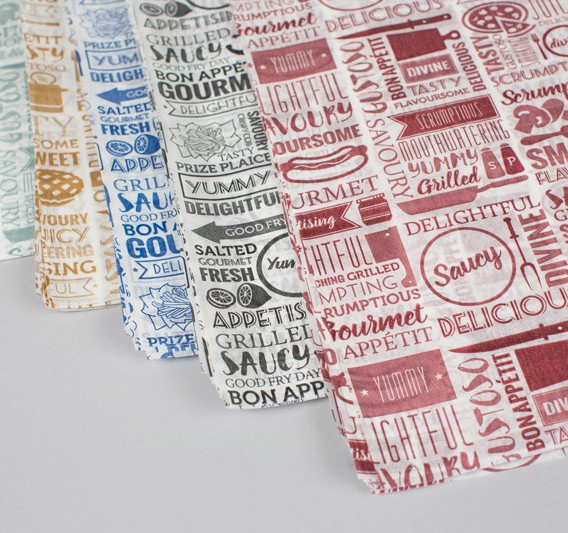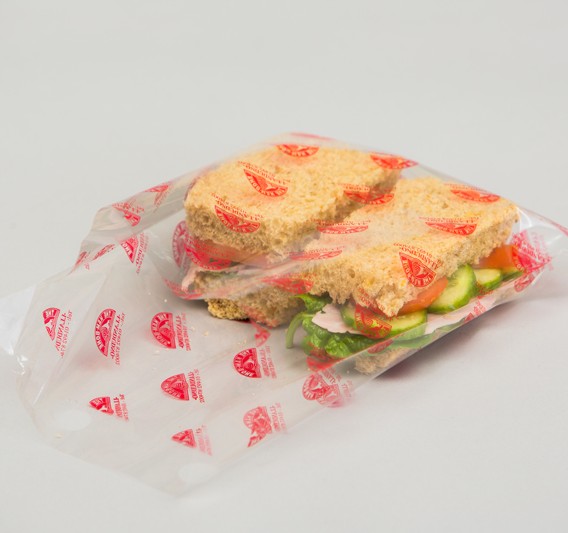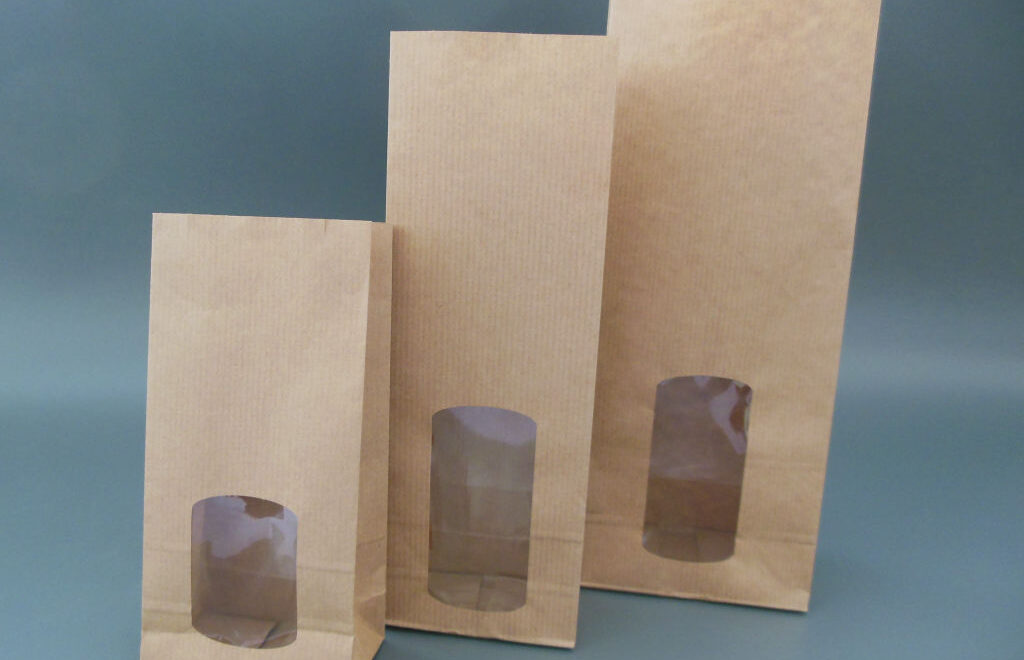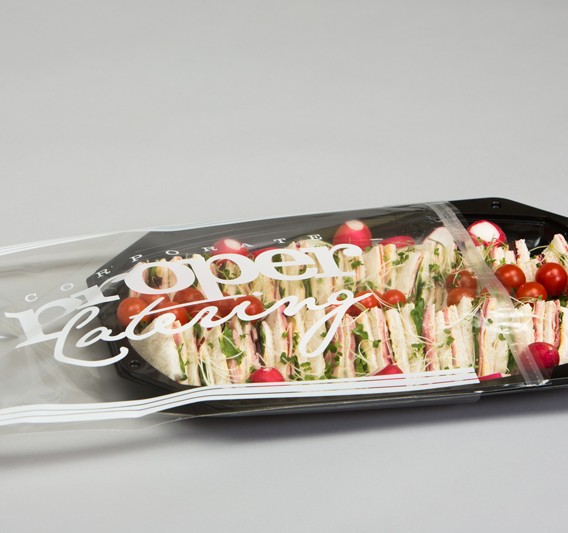Bakery Bags: Expertly Crafted Packaging for Delectable Baked Goods
The aroma, taste, and overall presentation of freshly baked goods can leave an indelible mark on a customer’s experience, making it essential for bakeries to utilise suitable packaging solutions. Bakery bags are specifically designed to cater to the demands of the bakery industry, ensuring that products remain fresh, visually appealing, and easily transportable. In this article, we explore the various types of bakery bags, their unique features, and the customisation options available to enhance the bags’ functionality and aesthetic impact further.
The primary objective of a bakery bag is to protect the baked goods enclosed within, maintaining their quality and freshness while delivering a delightful and memorable customer experience. Bakery bags come in a variety of materials, such as grease-resistant paper, waxed papers and polypropylene, each offering specific advantages depending on the product. For instance, grease-resistant paper bags are ideal for oilier products like doughnuts, while polypropylene bags with perforations are perfect for crusty or crispy items that require air circulation. A biodegradable option would be Natureflex.
Size and style options for bakery bags are incredibly diverse, accommodating a wide range of bakery products – from loaves of bread to pastries or cookies. Whether you need a bag with a square bottom, a tin-tie closure, or a windowpane style that shows off your delicious treats, you’ll find an array of suitable choices to meet your bakery’s requirements.
Moreover, customising bakery bags with attractive designs, logos, and brand colours proves to be an effective marketing tool that enhances your brand’s visibility in the competitive marketplace. Whether through custom printing, unique window designs, or distinctive closures, bespoke bakery bags provide an opportunity to showcase your bakery’s unique identity and evoke a sense of quality, professionalism, and customer appreciation.
By delving deeper into the key aspects and considerations surrounding bakery bags, we aim to offer you the necessary tools to make informed decisions about your packaging requirements. Ultimately, our goal is to ensure that your bakery’s choice of bags not only preserves product quality but also encapsulates your brand identity and customer focus, ensuring a delightful experience for everyone involved.
Material Options: Ensuring Freshness and Quality
Grease-Resistant or Waxed Paper Bags
When it comes to packaging baked goods like doughnuts or pastries, grease-resistant or waxed paper bags are the preferred choice. These bags are specifically designed to help prevent or delay oil and grease from seeping through, maintaining the visual appeal of your products and avoiding grease stains on the customer’s hands or belongings. Additionally, these bags help preserve the product’s taste and freshness longer, ensuring customer satisfaction.
Perforated Bread Bags
For baked goods that require air circulation to maintain their crusty or crispy texture, such as artisan bread or French sticks. perforated bags are ideal. These bags feature small perforations that allow air to pass through, preserving the product’s freshness and flavour without impacting its texture. Furthermore, perforated bags offer a clear view of the baked items within, enhancing the visual appeal and tempting customers with a glimpse of your delicious offerings.
Styles and Designs: Accommodating an Array of Bakery Products
Square Bottom Bags
Square-bottom bags provide excellent stability, allowing them to stand up on their own, making them an ideal choice for counter displays or stacking on shelves. These bags come in varied sizes, and their versatile shape makes them suitable for an array of bakery items like cookies, muffins, or even small loaves of bread. The square-bottom design optimises space and provides efficient storage for both retailers and customers.
Tin-Tie Closure Bags
Bakery bags featuring tin-tie closures offer a convenient, resealable option for customers, ensuring that the contents remain fresh after opening. These types of bags are typically crafted from paper or laminated materials and are suitable for dry baked goods like cookies or biscotti. Their resealable nature allows customers to enjoy their baked treats over an extended period while keeping them fresh and tasty.
Windowpane Style Bags
Windowpane bakery bags showcase your baked goods through a clear plastic window, enticing potential customers with an unobstructed view of your products. These bags can be customised with various window shapes and sizes, offering a unique way to display your bakery’s identity and the quality of your products. With windowpane bags, you have the opportunity to grab customers’ attention and encourage impulse purchases, enhancing your bakery’s sales and brand recognition.
Customisation Techniques: Crafting a Unique and Engaging Brand Presence
Innovative Printing Methods
Custom printing on your bakery bags can significantly enhance your brand’s visibility and recognition. Techniques like flexographic or digital printing offer high-quality graphics, vibrant colours, and crisp details to accurately represent your brand. Collaborating with an experienced packaging supplier ensures that your artwork is executed flawlessly, delivering a striking visual representation of your bakery’s unique identity.
Distinctive Closures and Window Designs
Integrating innovative and distinctive closure methods or window designs into your bakery bags can elevate your packaging’s appearance and functionality. Experimenting with unique window shapes, sizes, and placements creates a memorable, customised look that distinguishes your bakery from competitors. Similarly, developing inventive closure options like sticker seals, or branded labels can add a delightful touch and an element of customer convenience, leaving a lasting impression.
Applications: Explore the Diverse Bakery Bag Varieties
Bread Bags
A staple in any bakery, bread bags are specifically designed to accommodate various types and sizes of bread loaves. These bags ensure that the bread remains protected, fresh, and flavourful, offering convenience for customers and retailers alike. From simple designs to custom-printed options, bread bags are an essential component of any bakery packaging collection.
Pastry and Cookie Bags
Pastry and cookie bags ensure that your sweet treats remain fresh and visually enticing, while also providing an easily transportable solution for customers. Whether you opt for traditional paper bags or incorporate windowpane designs, these bags can be tailored to accommodate an array of pastries, cookies, and other baked delights.
Conclusion
Bakery bags are a crucial packaging solution in the world of baked goods, ensuring that your products remain fresh, visually appealing, and conveniently transportable. By carefully selecting the right materials, styles, and customisation techniques, your bakery can provide exceptional customer experiences while showcasing your unique brand identity.
Investing in a diverse range of high-quality bakery bags guarantees that no matter the product, your baked goods will always have the perfect packaging solution suited to their needs. Moreover, designing innovative packaging adds a touch of professionalism and creativity that sets your bakery apart from the competition. Ultimately, a well-crafted bakery bag not only preserves the quality of your products but also encapsulates your commitment to customer satisfaction, resulting in a delightful and memorable experience for all.

